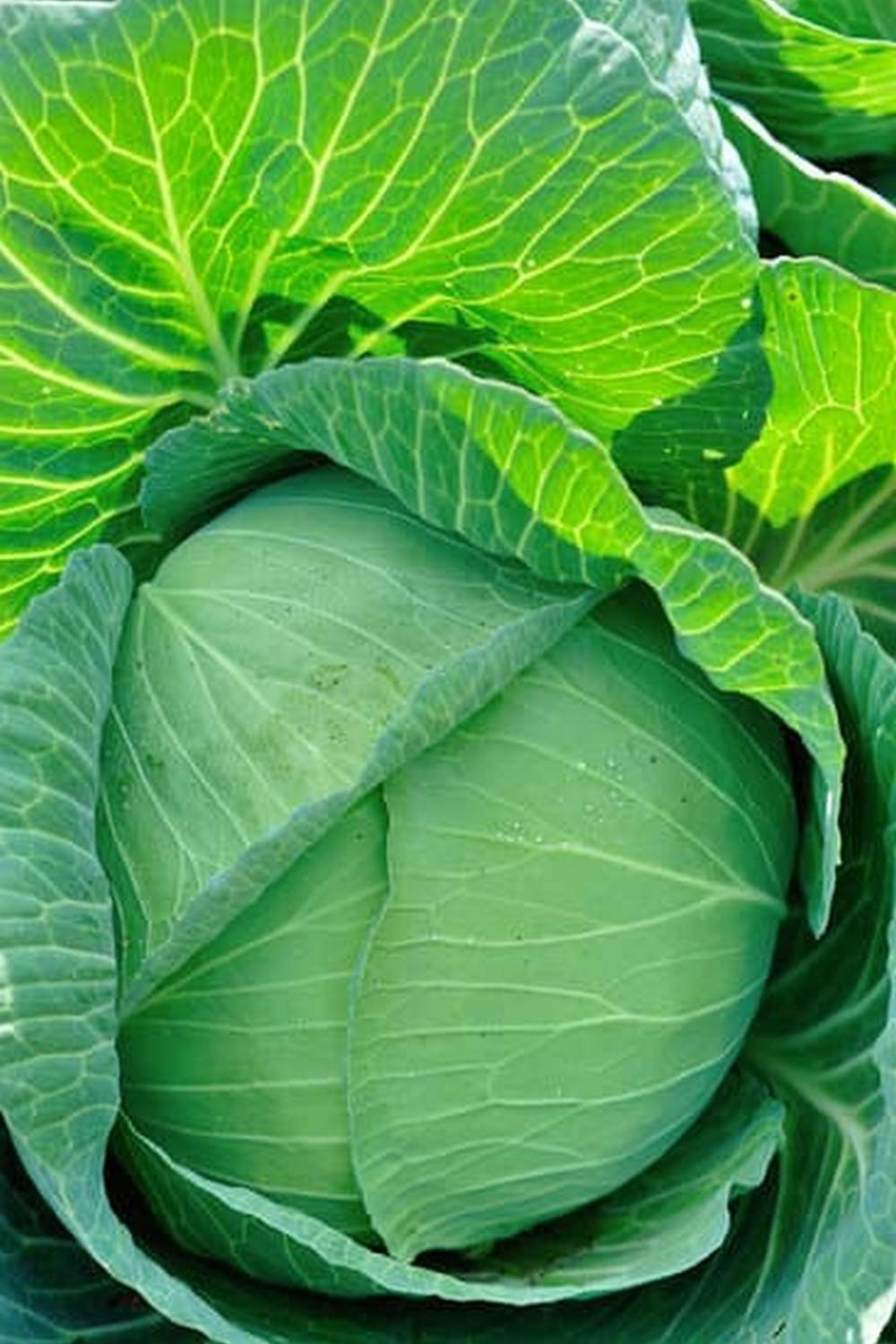Raised Bed Vegetable Garden Companion Plants
Companion plants are plants that are planted near other plants to improve their growth, health, or flavor. Companion planting is a great way to garden organically and can be used to improve the yield and flavor of vegetables, fruits, and herbs.
There are a number of companion plants that can be used in a vegetable garden. Some of the most common companion plants for vegetables include basil, chamomile, dill, lavender, marjoram, mint, nasturtium, oregano, parsley, and thyme.
Basil is a great companion plant for tomatoes. It helps to repel pests and improves the flavor of the tomatoes. Chamomile is a good companion plant for carrots and cucumbers. It helps to repel pests and improves the flavor of the carrots and cucumbers. Dill is a good companion plant for cucumbers and tomatoes. It helps to repel pests and improves the flavor of the cucumbers and tomatoes. Lavender is a good companion plant for cabbage and tomatoes. It helps to repel pests and improves the flavor of the cabbage and tomatoes. Marjoram is a good companion plant for tomatoes. It helps to repel pests and improves the flavor of the tomatoes. Mint is a good companion plant for cabbage and peas. It helps to repel pests and improves the flavor of the cabbage and peas. Nasturtium is a good companion plant for cucumbers, tomatoes, and cabbage. It helps to repel pests and improves the flavor of the cucumbers, tomatoes, and cabbage. Oregano is a good companion plant for tomatoes. It helps to repel pests and improves the flavor of the tomatoes. Parsley is a good companion plant for tomatoes, carrots, and celery. It helps to repel pests and improves the flavor of the tomatoes, carrots, and celery. Thyme is a good companion plant for tomatoes. It helps to repel pests and improves the flavor of the tomatoes.
Planting A Vegetable Garden Layout
A vegetable garden layout is important for both function and beauty. The layout will dictate where each vegetable is planted and how much space is needed for each. It is also important to consider the size of the garden and the different vegetables that will be planted.
One of the most popular vegetable garden layouts is the grid. With this layout, each row is planted with a different vegetable and the rows are spaced evenly apart. This layout is perfect for small gardens, as it uses every bit of space efficiently.
Another popular layout is the raised bed. With this layout, the vegetables are planted in raised beds, which are elevated above the ground. This is a great option for those with limited space, as it allows you to use the space below the bed for other purposes, such as planting flowers.
When planning a vegetable garden layout, it is important to consider the different vegetables that will be planted. Some vegetables, such as tomatoes, need lots of sun, while others, such as lettuce, can tolerate partial shade. It is also important to consider the size of the vegetables. Some, such as broccoli, are small and can be planted in clusters, while others, such as pumpkins, need lots of space.
When planning a vegetable garden layout, it is important to keep in mind the different needs of each vegetable. By planning ahead, you can create a beautiful and functional garden that will be perfect for your needs.
Potted Plant Vegetable Garden
Potted vegetable gardens are a great way to get into gardening if you don’t have a lot of space. You can grow a variety of vegetables in a small space by using pots or containers.
There are a few things to consider when planting a potted vegetable garden. First, you need to choose the right vegetables for your space. Some vegetables, like tomatoes, need a lot of space to grow, while others, like lettuce, can be grown in a small pot.
You also need to consider the type of soil you are using. A potting mix is ideal for potted gardens, as it is lightweight and drains well. You can either buy a potting mix or make your own by combining equal parts of sand, peat moss, and compost.
When planting your vegetables, be sure to follow the recommended spacing guidelines. This will ensure that your plants have enough room to grow.
You will also need to water your plants regularly, especially during the summer months. Make sure to give your plants a good soaking at least once a week.
A potted vegetable garden is a great way to get into gardening, and it’s a great way to grow fresh vegetables right in your own backyard.
Where To Plant Okra In A Vegetable Garden
When most people think of okra, they think of the deep south and dishes like gumbo. However, okra is a great vegetable for northern gardens as well. It grows well in hot weather, but can also be grown in cooler weather.
Okra is a member of the hibiscus family, and is related to cotton and hibiscus. It is a tall plant, reaching up to six feet in height. The plants produce pods that are about six inches long. The pods are edible and can be eaten fresh or cooked.
Okra is a great vegetable for a vegetable garden. It is easy to grow, and the plants are prolific producers. The pods are easy to harvest, and they can be used in a variety of dishes.
When planting okra in a vegetable garden, it is important to choose a location that receives full sun. The plants need at least six hours of sunlight each day. They can be grown in a variety of soil types, but they do best in a soil that is rich in organic matter.
Okra can be planted from seed, but it is also possible to purchase plants from a nursery. When planting from seed, the seeds should be planted about an inch deep and spaced about six inches apart. When planting purchased plants, dig a hole that is big enough to accommodate the roots, and then place the plant in the hole. The top of the plant should be level with the surrounding soil.
Water the plants regularly, keeping the soil moist but not wet. Okra plants need at least an inch of rain each week. Fertilize the plants with a balanced fertilizer once a month.
Okra plants will grow best in hot weather. If you live in a climate that is cool or cold, you can grow the plants in a container and move them to a sunny location when the weather warms up.
Okra is a great vegetable for a vegetable garden. It is easy to grow, and the plants are prolific producers. The pods are easy to harvest, and they can be used in a variety of dishes. When planting okra in a vegetable garden, it is important to choose a location that receives full sun.
What Vegetables Can You Plant In A Raised Garden Bed
A raised garden bed is the perfect way to garden if you have limited space or if you want to garden in an area that doesn’t get a lot of sun. You can also use a raised garden bed to garden in the winter.
One of the best things about raised garden beds is that you can plant a variety of vegetables in them. You can plant vegetables that need a lot of sun in a raised garden bed that gets a lot of sun, and you can plant vegetables that need shade in a raised garden bed that gets shade.
Some of the vegetables that you can plant in a raised garden bed include tomatoes, cucumbers, zucchini, lettuce, spinach, and carrots. You can also plant herbs in a raised garden bed, such as parsley, thyme, and rosemary.

If you’re looking to get into vegetable gardening, or are just looking for some tips on how to make your current garden better, then you’ve come to the right place! My name is Ethel and I have been gardening for years. In this blog, I’m going to share with you some of my best tips on how to create a successful vegetable garden.





